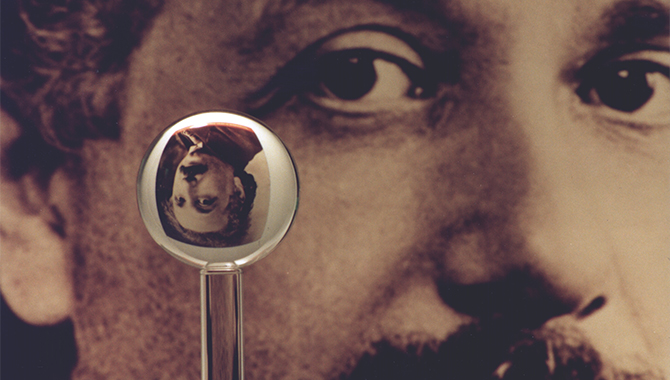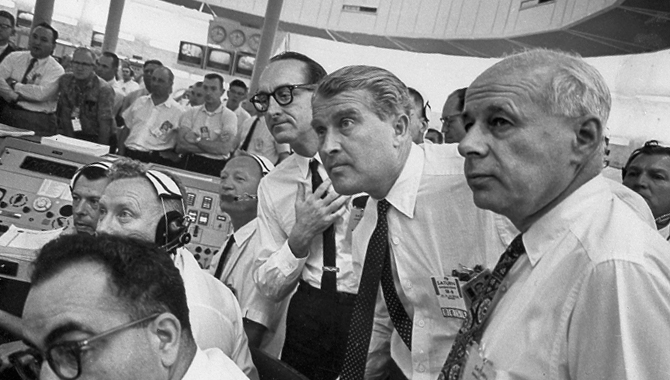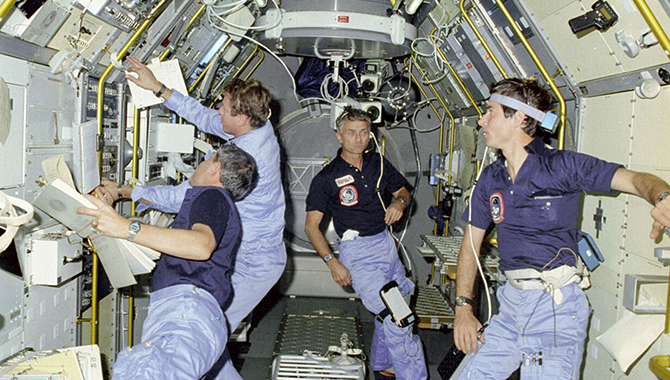
Forty years in the making and no stranger to the threat of cancellation, NASA’s mission to test predictions made by Albert Einstein serves as a testament to a team that was focused, yet flexible.
In 1959, NASA conceived the idea for the Gravity Probe B (GP-B) mission. Five years later, NASA funded it. Four decades after that, the agency scheduled the GP-B spacecraft launch from Vandenberg Air Force Base in California on April 20, 2004.
However, in July 2003, the mission team discovered a problem. GP-B’s Experimental Control Unit (ECU), a box housing several electronic components, was generating large amounts of signal interference (i.e., “noise”) in one of the spacecraft’s sensitive detectors called the Superconducting Quantum Interference Device (SQUID). The issue was a potential showstopper since the SQUID was responsible for capturing measurements critical to the mission’s science objectives.
Below is an excerpt from the APPEL case study about the mission. Would the team decide to fix the problem or go ahead and fly?
Because the ECU was already on the spacecraft, which was far along in its integration process, fixing it would be no easy matter. By the time the analysis of the ECU problem was completed in October 2003, the dewar had been filled, cooled, and sealed. The spacecraft’s four solar arrays were being installed. Momentum was building toward the launch, which was scheduled for December, 6, 2003.
The leader of the Stanford team, Program Manager Gaylord Green, was confident that the ECU did not pose a risk to the mission because of the extensive test program he had implemented. From his point of view, the ECU only had to work long enough to spin the gyros up to speed; it could then be turned off so the noise in the signal did not interfere with the experiment data. “I was fairly comfortable that the ECU would work on orbit for the length of time (necessary),” he said. “If we shut the ECU off at that point, what we lost was the dewar monitoring and some of our instrumentation on our cryogenics. I was confident that it would spin up the gyros, I was confident that we could succeed through the mission, and so I pushed hard that we should go ahead and fly.”
Bill Bencze, Stanford’s electronics manager at the time, saw the problem differently than Green did. “My chief worry was ECU reliability; the system had to function during the checkout phase of the mission or the mission would fail,” he said. “Experience with other DC-to-DC converters (power supplies) of this type in other boxes showed them to be quite fragile when operated improperly.
Download the APPEL case study.
One of the most perfect spheres ever created by humans. A fused quartz gyroscope for the Gravity Probe B experiment which differs from a perfect sphere by no more than a mere 40 atoms of thickness as it refracts the image of Einstein in the background.
Featured Photo Credit: NASA







